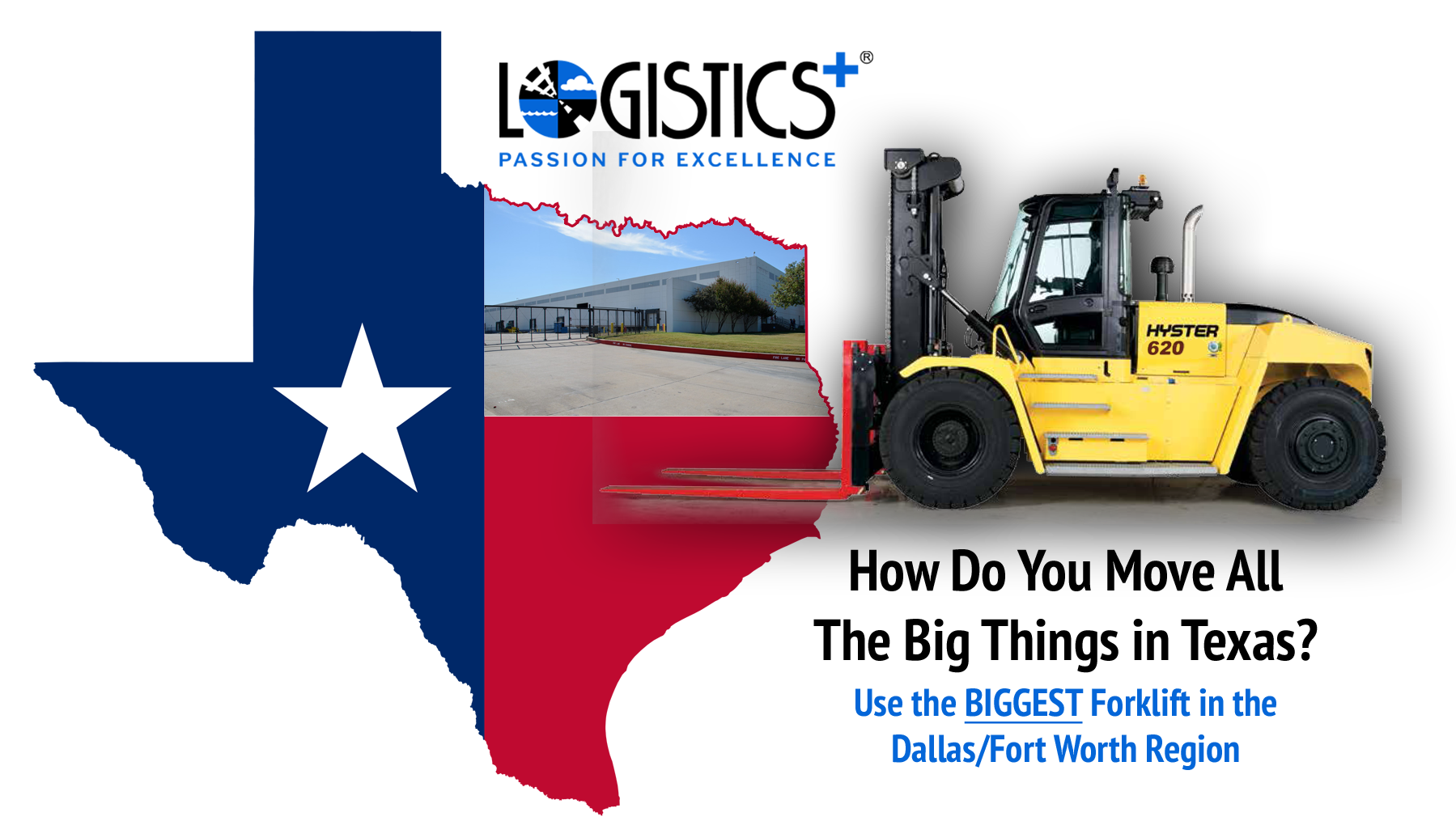
by logisticsplus | Apr 14, 2016 | News

BIG news y’all … Logistics Plus now has the BIGGEST forklift in northern Texas! With our high capacity, heavy duty HYSTER 620, we are able to provide solutions for all of your heavy-lift, large and unique freight warehousing needs. With a lifting capacity of about 62,000 pounds, the forklift is specifically designed for tough applications and its pin type dual function ensures the safety of your freight throughout the process. The Logistics Plus Dallas/Fort Worth (DFW) Warehouse has the following features:
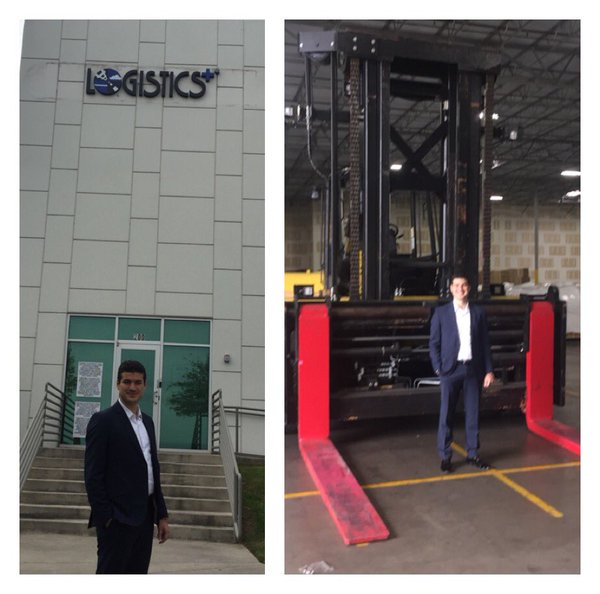 180,000 square feet of storage space
180,000 square feet of storage space- Pneumatic tire forklift with 62,000 lb. lifting capacity – the BIGGEST forklift in northern Texas!
- Open space, high-ceilings and tall doors perfect for heavy lift and big cargo
- Secured facility with monitored cameras and alarms
- Fenced-in property
- Bulk storage and racked storage
- Dedicated warehousing and distribution specialists
- Inventory control and warehouse management system (WMS)
- Recessed loading docks and grade level docks with inside and outside load/unload capabilities
- Logistics services available for all your transportation needs
- Foreign Trade Zone (FTZ) activation
If you’re looking for a logistics partner/freight forwarder that can handle your BIG freight needs, contact our talented logistics specialists at the Logistics Plus DFW Warehouse! For more information contact us at 972.893.9695 or dalwhs@logisticsplus.com
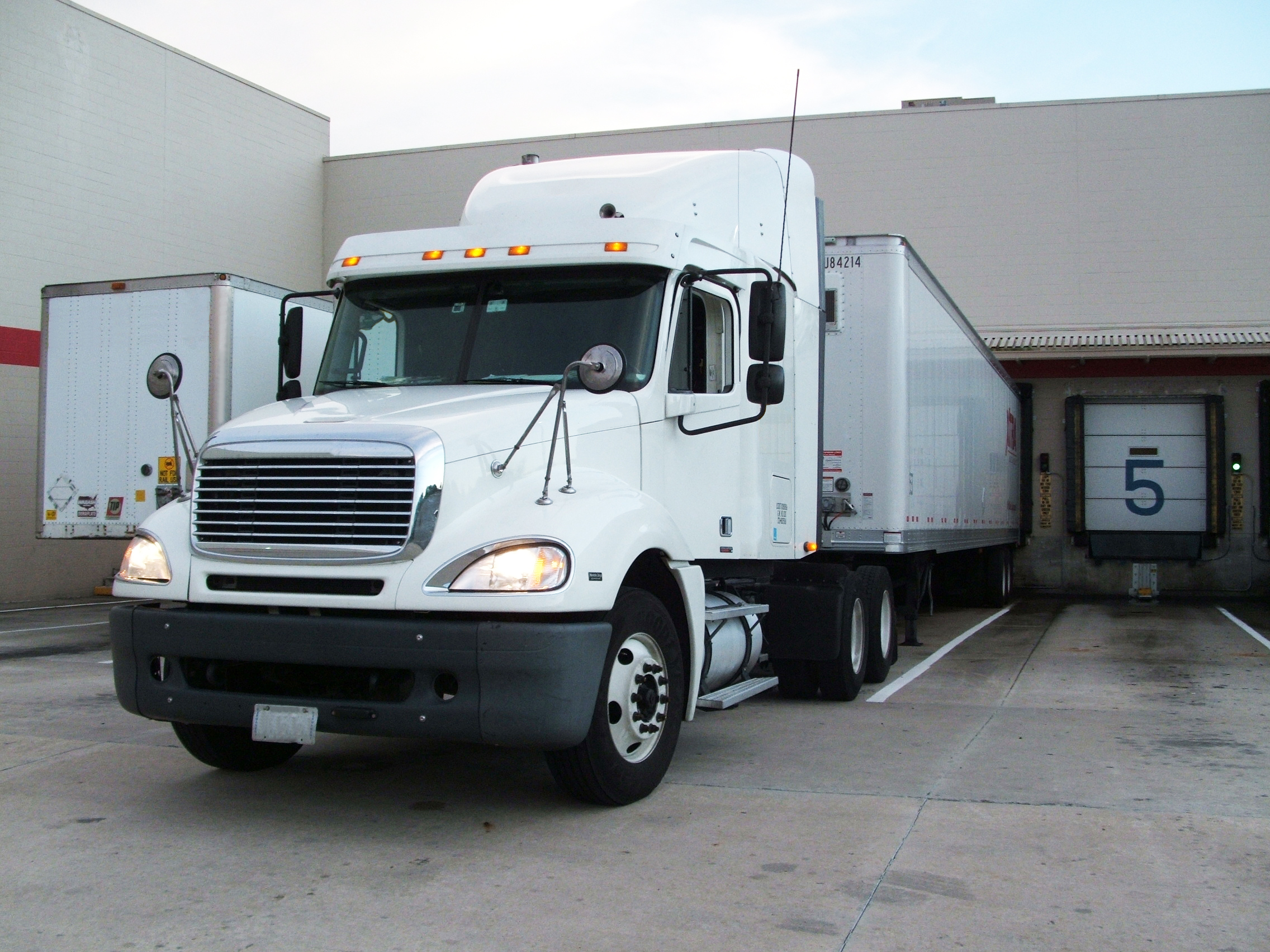
by logisticsplus | Feb 16, 2016 | News
 When you ship less than truckload (LTL) shipments, it is common to request an LTL freight quote from one or more carriers, or from third-party logistics (3PL) companies (sometimes referred to as brokers). Shippers that need LTL freight services are typically going to evaluate their options according to the following needs:
When you ship less than truckload (LTL) shipments, it is common to request an LTL freight quote from one or more carriers, or from third-party logistics (3PL) companies (sometimes referred to as brokers). Shippers that need LTL freight services are typically going to evaluate their options according to the following needs:
- Cost. What are the total freight charges and how does this compare to my other options?
- Speed. How quickly does my shipment need to deliver to my customer (outbound) or to me (inbound)?
- Reliability. How important is it that my shipment be delivered exactly on the date specified?
- Value. How susceptible is my shipment to being lost or damaged, and what are the ramifications if it is?
- Convenience. How much time do I have to evaluate my carrier options, schedule my pickup, prepare my bill of lading, track my shipment, etc.?
For the most accurate freight quote, at a bare minimum you will need to provide your carrier or 3PL with your intended pickup date, origin postal/zip code, destination postal/zip code, weight of the shipment, and the freight class (or a description of the commodity being shipped if you are unsure of your freight classification). Depending upon the size or characteristics of your shipment, you may also need to provide your shipment dimensions (length x width x height) so that your shipment’s freight density can be determined. Shipments that are unusually large, but not overly heavy, will often be susceptible to accessorial rules or fees beyond or in lieu of normal LTL freight charges.
After you have received your LTL freight quote (or quotes), you’ll need to determine if you want to go with the lowest cost carrier or, perhaps, another carrier if one carrier’s speed (i.e., transit time) is faster than the lowest cost carrier. If a specific delivery date or time is extremely important to you, you may consider upgrading to a guaranteed service option if available (many carriers offer end of day, early morning, or time-definite guaranteed service options).
There are many variables that go into LTL rate quotes, so don’t concern yourself with “base rates” and “discounts” as the only real figure you should be focused on is the “net price” that you’re being quoted (you can read our What Factors Impact LTL Rates article for more detail on everything that goes into LTL freight quotes).
If the value of your shipment is important, you will want to understand each carriers’ “limited liability” amounts, i.e., how much they will reimburse you on a freight claim if your shipment is lost or damaged as a result of their fault or negligence. Typical liability amounts are anywhere from $10 to $25 per pound, but can often be less if you’re shipping used articles or if you’re shipping cross-border between The U.S., Mexico or Canada. If the carrier liability amount is unacceptable, you can oftentimes purchase additional insurance (sometimes referred to as “excess value liability” or “ad valorem” coverage) directly through the carrier or 3PL for a nominal cost.
In many cases, there are some good reasons why you might work with a 3PL for your LTL freight quotes versus going directly to the carriers. These benefits include:
- Multiple carrier quotes and service options with a single request. Many 3PLs have been able to use their buying leverage to negotiate great rates with dozens of carriers. Therefore, you’ll get the convenience of numerous carrier rates and service options through a single request (versus having to call multiple carriers or visit multiple carrier websites).
- LTL freight shipping expertise and customer service. Many 3PLs have years of expertise working with LTL shipments and LTL carriers. They’ll be able to provide you with guidance as to which carriers have the best performance records for reliability and safety. A good 3PL can also help you prepare your bill of lading, schedule your shipment, proactively track your shipment, and then go to bat for you if there is a service delay or damage issue.
- Transportation management systems (TMS) and technology. Many 3PLs can provide you with some great online tools that allow you to self-service your needs (like our eShipPlus™ platform), including instant online LTL rate quotes for multiple carriers, automatically preparing bills of lading, electronically scheduling carrier pickups, freight bill auditing and consolidated invoices, shipment manifests and reports, and more.
If you’re ready to work with one of the most reputable 3PLs in the industry for your LTL shipping needs (after all, we were named a Top 50 Freight Brokerage Firm and a Great Supply Chain Partner this past year), then click the button below to get started. We’d love to show you our passion for excellence one shipment at a time!

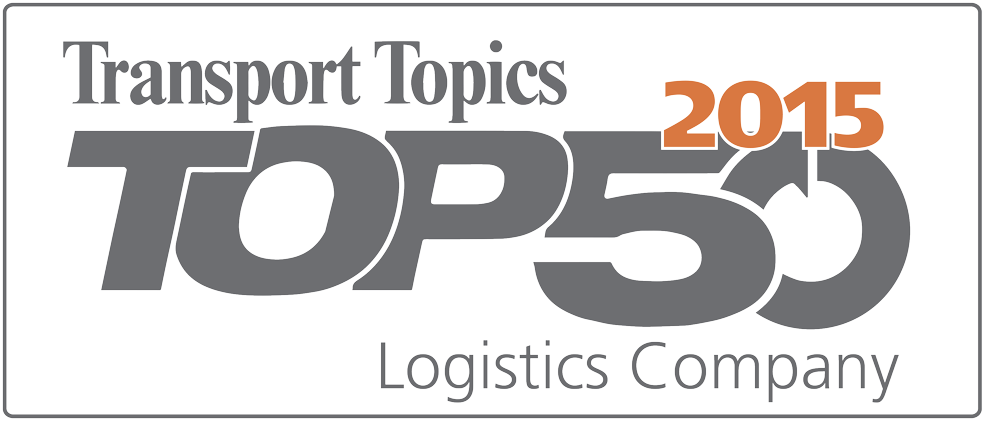


by logisticsplus | Dec 14, 2015 | News
 One of the many factors affecting LTL rates are what are known as “accessorial fees.” These include any charges applied when additional services are required to handle shipments. They are oftentimes applied and assessed after the shipment has been made, thus making them a very challenging factor to include in transportation budgets. While base rates represent the main portion of LTL freight costs, accessorial fees can easily add up leading to a significant increase in the total expense. Understanding the impact that accessorial fees have on your overall expenses can go a long way, and in some instances may even help in reducing or waiving them altogether. Here is a list of just a few of the most common LTL accessorial fees and what you can do to reduce or avoid them.
One of the many factors affecting LTL rates are what are known as “accessorial fees.” These include any charges applied when additional services are required to handle shipments. They are oftentimes applied and assessed after the shipment has been made, thus making them a very challenging factor to include in transportation budgets. While base rates represent the main portion of LTL freight costs, accessorial fees can easily add up leading to a significant increase in the total expense. Understanding the impact that accessorial fees have on your overall expenses can go a long way, and in some instances may even help in reducing or waiving them altogether. Here is a list of just a few of the most common LTL accessorial fees and what you can do to reduce or avoid them.
Common LTL Accessorial Fees:
Fuel Surcharges: These are the most common accessorial fees charged by LTL carriers and are typically included on every shipment. This additional charge is due to excessive costs of diesel gas and is applied as a percentage that is based upon indices published by the U.S. Energy Information Administration. Fuel surcharges can vary by carrier (or 3PL/broker), so it’s always import to look at your total net costs when doing comparisons.
Lift Gate Service Fees: Lift gates enable carriers to lift and lower shipments from the ground to the truck and vice versa. Shippers usually require this service when the shipping or receiving address does not have a loading dock and since having this equipment costs carriers more money, an additional charge is required from shippers. The cost of this service can vary widely by carrier, so it’s important to find the right carrier with an acceptable fee if you have many of these types of shipments.
Oversized Freight Fees: Most shipment pieces that are equal to or exceed 12 feet in length, usually require more space thus leading to an accessorial fees applied by carriers. Again, this fee varies by carrier and can often be reduced.
Residential Fees: Carriers typically charge additional fees when they are required to navigate residential areas to pickup or deliver shipments. This fee may also apply to your business if it is located in a residential zone (among personal homes). Again, this fee varies by carrier and can sometimes be reduced.
Reweigh and Inspection Fees: If the carrier suspects that the weight or classification of your freight is inaccurate, they will charge a fee to reweight and re-class the shipment. For this reason, it is important to enter accurate weights and descriptions (including NMFC item numbers when available) to your bill of lading.
Limited Access Pickup Fee: Carriers may also charge fees when they pickup or deliver shipments at limited access areas such as schools, prisons, military bases, convention centers, construction sites, airports, ocean docks, wharfs or piers. All of these fees can be negotiated depending upon your specific situation.
Fees for Additional Services: There are many other instances – too many to name here – when carriers will add an accessorial charge. Other examples include; having to enter “inside” a building to pickup or deliver a shipment, collecting (“COD”) the sale price of goods shipped, and notifying consignees before making a delivery (“appointments”). Carriers will generally publish complete details regarding all of their accessorial fees in a “Rules Tariff” and make it available on their website or upon request.
Reducing / Waiving LTL Accessorial Charges
Now that you are aware of the different types of charges that may be applied to your shipment, it is important that you put that knowledge to good use. Take the following steps to ensure you never overspend on your LTL rates:
- Track, measure and record the characteristics, dimensions and weight of your shipments. This way you will be able to foresee potential charges and even dispute any errors in billing by carriers.
- Use an experienced and qualified third party logistics provider such as Logistics Plus to analyze and audit your freight invoices and negotiate rates and accessorial fees with carriers on your behalf.
Our LTL experts help thousands of companies save on their LTL shipping every year. We can provide you with a no-obligation freight analysis for multiple shipments, or we can help you get a quick and accurate freight quote for individual shipments.

Interested in learning the difference between FTL and LTL shipping? Learn more.
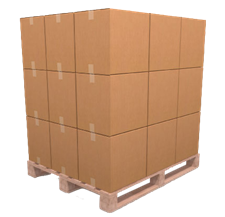
by logisticsplus | Dec 2, 2015 | News

LTL shipping refers to the process of transporting relatively small freight shipments that weigh anywhere between 150 to 10,000 lbs. Unlike Full Truck Load (FTL) prices, which are usually based on a more simplistic rate per mile system, LTL rates are calculated from several variable factors. Knowing these factors can be helpful in setting more realistic expectations and increasing long-term savings. Here are some factors used to determine LTL freight shipping rates:
Weight & Density
These two basic aspects of your shipment greatly determine how much you will be charged. Freight companies generally rate shipments at the lowest weight category and rate, meaning that the more a shipment weighs the less it costs per hundred pounds. Weight is also used to calculate density, and is one of the main components used to determine the classification of the shipment, which in turn affects the final rate. Logistics Plus provides a helpful, online freight density calculator if you want to quickly know the density of your shipment.
Freight Classification
The National Motor Freight Traffic Association (NMFTA) has established “freight classes” which are used to classify commodities for rating purposes. Classifications are based on the products’ density, stow-ability, value, handling and liability. Each commodity is categorized into one of 18 different freight classifications. Generally, the lower the freight class, the more dense the commodity, and, therefore, the lower the rate per hundred pounds. You can read more about freight classification on the Logistics Plus website.
Origin and Destination
Shipments that need to travel farther usually have higher rates as well. Shippers should find out which LTL carriers serve their intended destination to avoid interlining; a practice where one LTL carrier resorts to transferring its shipments to other carriers due to their limited reach. Interline shipments often tend to cost more and are more susceptible to loss or damage. Also shipments that require additional time or special equipment at time of pickup or delivery may also incur additional fees (called “accessorial fees” as discussed below). Examples include pickups or deliveries to residential locations, convention centers, construction sites, airports, wharfs, or container freight stations.
Base Rates
Ever since the industry was deregulated in the early 1980s, LTL carriers set their own base rates (i.e.,”list price”) from which discounts can be negotiated. Base rates can vary by company and by lane, making true apples-to-apples rate comparisons very difficult unless you know what you are doing. Logistics Plus provides shippers with the ability to request a free freight analysis if you’re unsure on how to compare rates to ensure you’re getting the best possible deal.
Absolute Minimum Charges
These are the minimum prices charged by LTL carriers, below which they will not go any lower – no matter what discounts may have been negotiated. The absolute minimum charge (MC) helps ensure carriers cover all of their fixed costs on a particular shipment or lane. If a high percentage of your shipments are small, or move across short distances, absolute minimum charges may play an important factor in your overall transportation spend.
Accessorial Fees
Accessorial fees apply when additional services are required to handle your shipment – those above and beyond the typical dock-to-dock pickup and delivery service most LTL carriers provide. Common examples include liftgate service, weekend delivery, and pickup or delivery at special origin and destination locations (as noted above). Fuel surcharges are the most common accessorial fee that LTL carriers charge since they are typically included on every shipment. Often times specific accessorial charges can be waived or reduced, so it’s important to understand how these fees impact your overall expenses and then include them in your negotiations.
Negotiating Rates
Shippers can save money on their LTL freight spend by negotiating base rates, discounts, and minimum charges with their LTL carriers. Alternatively, a professional freight management company, such as Logistics Plus, can negotiate with LTL carriers on your behalf. Top freight management companies are able to leverage their collective buying clout, analytical expertise, and carrier relationships to provide even greater savings to shippers, particularly those that are small or mid-sized companies.
If you feel like you’re spending too much on LTL freight, or if you lack the resources or expertise to negotiate your own rates, please consider working with Logistics Plus. As a top 50 freight brokerage firm, our LTL experts help hundreds of companies save on their LTL shipping every day. As mentioned earlier, we can provide you with a no-obligation freight analysis for multiple shipments, or we can help you get a quick and accurate freight quote for a single shipment.


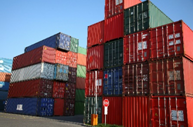
by logisticsplus | Nov 5, 2015 | News
 The International Maritime Organization (IMO.org) has recently approved changes to the Safety of Life at Sea (SOLAS) Convention requiring the verification of container weights. Here are five things shippers should know – and do – in regards to the forthcoming revised rules for container weights:
The International Maritime Organization (IMO.org) has recently approved changes to the Safety of Life at Sea (SOLAS) Convention requiring the verification of container weights. Here are five things shippers should know – and do – in regards to the forthcoming revised rules for container weights:
- Verify All Container Weights!
All shippers will be responsible for verifying the weights of their containers before being loaded aboard any ship. A verified gross mass document should be handed to the shipping line, then the terminal, who will then determine whether or not to accept the container.
- Be Prepared!
The effective date of this new legislation is not until July 1st, 2016, but shippers need to start making arrangements now in order to ensure they are ready when its time.
- Don’t Risk It!
Not declaring the gross mass of your container, may not only lead to its rejection from the terminal but could also cost you a large sum of money in fines, sanctions or in some cases, even jail time.
- Pick A Verified Weighing Option:
Shippers have two options; they can either weigh the entire packed container using certified and calibrated equipment, or they can sum up the weights of each individual item utilizing an approved process.
- Talk To Your Freight Forwarder
If you are using a freight forwarder, make sure they are experienced and reputable (like Logistics Plus), and that you establish a well-founded communication system with them. This way you can ensure compliance on both sides, and prevent non-shipment or delays of any of your goods.
If you have any questions, feel free to contact the international experts at Logistics Plus at pricing@logisticsplus.com or click the button below to get a quick quote on your next international freight shipment.

Page 11 of 12« First«...89101112»


 180,000 square feet of storage space
180,000 square feet of storage space









